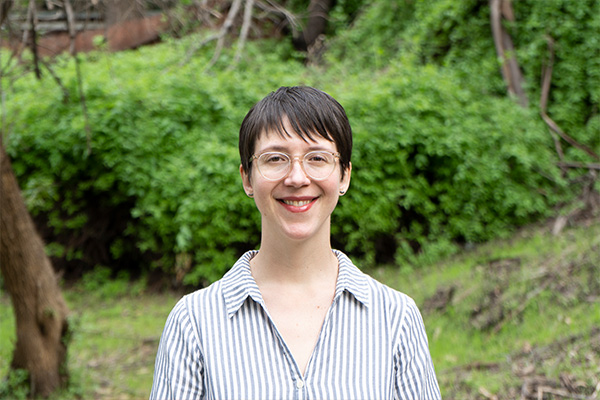University of Redlands Emergency Alert System
Alert Received: . For more information, visit: https://www.redlands.edu/alert/
University of Redlands

Sarita Zaleha is a multidisciplinary environmental artist who works with installations, print media, and book arts. Her projects on environmental loss and global warming have been featured in solo exhibitions in the Midwest, New York, and Kentucky. She has participated in two international artist residencies, and she has received several grants and awards for her work including the Artist Initiative grant from the Minnesota State Arts Board and the Art(ists) on the Verge Fellowship. She currently teaches at University of Redlands and the University of California, Santa Barbara.
Human perception of the environment—natural and mediated—affects how we understand climate change. My creative research aims to shift perceptions of natural resources and climate systems like wind and weather in order to attune viewers to the agency of the natural world. I am concerned with creating networks and patterns of connection related to climate change awareness and action. How do we see the history embedded in the landscape while remaining present? How does the environment affect us and how do we physically and emotionally respond to environmental changes?
My work typically combines found objects with digital technologies (photography and video) and print media to allow for alternative contexts and scales. As found objects are laden with personal and cultural histories, I use found objects in my work to explore our personal relationship to things that can be difficult to see and understand, in particular, the global scope of climate change. My use of video installation allows for an immersive experience that emphasizes environmental temporality. My work allows space for viewer-participants to recognize unexpected emotions related to the natural world, and to create connections and take action with these emotions.
something worth searching for explores the surprising intertwined history of oil drilling and mineral springs through the lens of a particular drilling effort in Geneva, NY. In 1885 investors attempted to drill for oil but when water was tapped instead, it became the valued resource and was promoted, sold, and shipped widely. Since the drilling in Geneva found water and not oil, the archive favors water. There are Geneva Mineral Springs postcards, pamphlets, and letterheads marking sales, and even bottles of the actual water but only a few initial newspaper headlines mentioning oil. For this installation, video projections of tar bubbles from the La Brea Tar Pits, a Los Angeles attraction with natural tar seeps, make petroleum present, and the bubble takes on metaphoric qualities related to financial markets, opportunism, and failure. Historic newspaper text figures prominently through an installation of letterpress printed enlargements of newspaper clippings tracking the drilling progress and discovery of water, and the title is a quote from one of the articles. Archival materials from the Geneva Historical Society are arranged with captioned narratives drawing connections to contemporary experience.